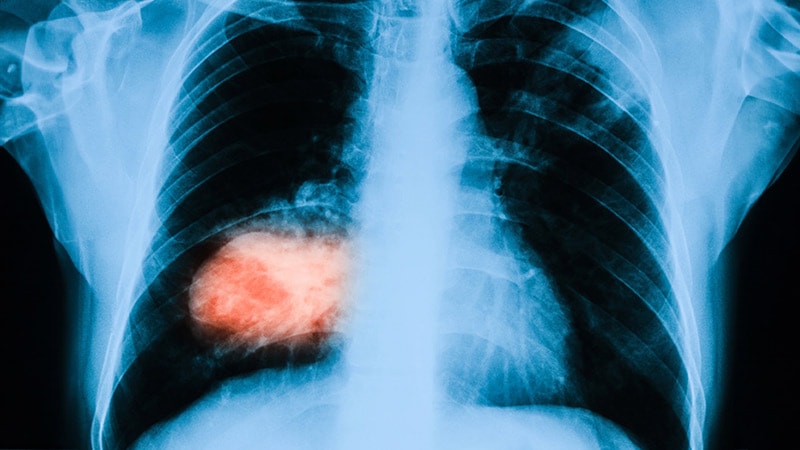Core Concepts
Urine test for early lung cancer detection.
Abstract
Lung cancer is a significant health concern due to late diagnosis. Researchers at MIT have developed nanosensors for lung cancer proteins, detectable in urine. The technology offers a noninvasive, fast, and accessible alternative to current screening methods. Challenges include potential interference factors and the need for further human testing.
Customize Summary
Rewrite with AI
Generate Citations
Translate Source
To Another Language
Generate MindMap
from source content
Visit Source
www.medscape.com
How a Simple Urine Test Could Reveal Early-Stage Lung Cancer
Stats
In the United States, only about 6% of eligible people get screened.
The sensors exhibited sensitivity of 84.6% with 100% specificity.
The whole process from inhalation to detection took about 2 hours in mice.
Quotes
"It's a more complex version of a pregnancy test, but it's very simple to use." - Qian Zhong, PhD
Key Insights Distilled From
by Christina at www.medscape.com 01-19-2024
https://www.medscape.com/viewarticle/how-simple-urine-test-could-reveal-early-stage-lung-cancer-2024a10001ib
Deeper Inquiries
How can the technology be adapted to address the challenges of fluid volume regulation in humans?
To address the challenges of fluid volume regulation in humans, the technology can be adapted by conducting further research to understand how different factors such as diet, hydration, drug interference, renal function, and chronic diseases affect the detection of compounds in urine. By gaining a deeper understanding of these variables, researchers can develop algorithms or adjustments to the sensors that account for these factors. Additionally, conducting clinical trials on a diverse population to assess the technology's performance under various conditions can help refine the system to ensure accurate and reliable results despite fluctuations in fluid volume regulation.
What are the implications of the heterogeneous nature of human cancer on the effectiveness of the sensors?
The heterogeneous nature of human cancer poses implications on the effectiveness of the sensors as different types of cancer cells within a tumor may express varying proteins or enzymes targeted by the sensors. This diversity in cancer cell composition can lead to challenges in accurately detecting all cancer cell types present, potentially resulting in false negatives or incomplete assessments. To address this issue, researchers may need to develop a broader range of sensors that target multiple cancer markers to increase the technology's sensitivity and specificity across different cancer cell types. Additionally, ongoing research on human biopsy samples to validate the sensors' efficacy in detecting heterogeneous cancer cells is crucial to ensure the technology's effectiveness in clinical applications.
How might this innovative technology impact the future of disease screening beyond lung cancer detection?
This innovative technology has the potential to revolutionize disease screening beyond lung cancer detection by offering a noninvasive and efficient method for early diagnosis of various diseases. The adaptability of the sensors to target specific proteins or enzymes associated with different conditions opens up possibilities for screening and diagnosing a wide range of diseases, including liver cancer, pneumonia, asthma, and chronic obstructive pulmonary disease. By leveraging machine learning algorithms and urine tests, this technology could enable early detection of diseases, leading to timely interventions and improved patient outcomes. Furthermore, the development of inhalable sensors for disease screening signifies a shift towards personalized and precision medicine, where individuals can receive targeted diagnostics tailored to their specific health needs, potentially paving the way for more effective and accessible healthcare practices in the future.
0
